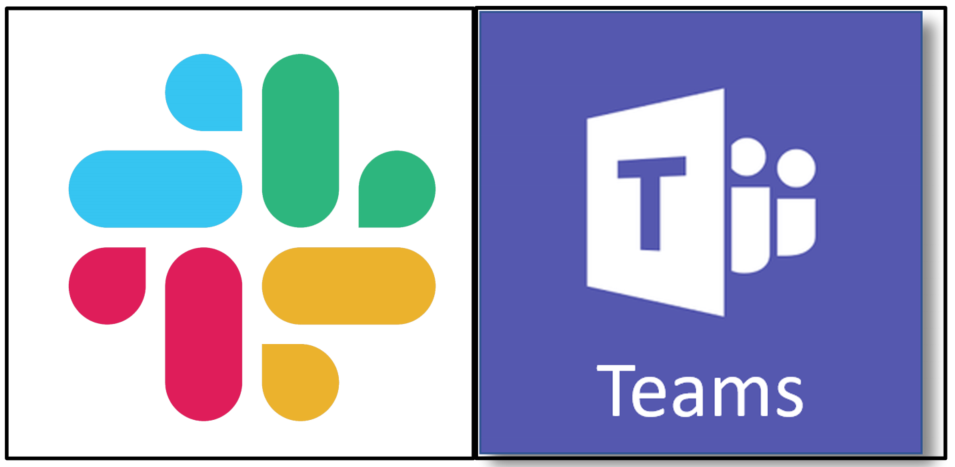Helping you stay productive sane while working from home.

When working from home, there’s no office chit-chat, no mandated lunch break, and often no one else in the house to small talk with throughout the day. In the office, these organic breaks recharge us and can help pull us out of slumps. These web browser extensions help build those breaks back into your day and avoid the feeling of endless grinding that often comes with remote work.
If you’d like to download any of these helpful apps, feel free to click through their hyperlinked icon. All of them are free to use and take no time to setup!
Tabtics

Tabtics gives you a helpful dashboard full of soothing images and health tips whenever you open a new browser tab.
Calm

Calm allows you to put certain websites that you may browse too frequently (see – Facebook) on a blacklist. When you visit these websites, you will be given a prompt to take a pre-sepcified amount of deep breaths to help you be more mindful in your browsing.
Healthy Browsing

Healthy browsing is a do-it-all health browser extension that reminds you to do things like drink water, correct your posture, and stretch.
DeskAthlete

DeskAthlete gives you short exercises that you can do without ever leaving your desk. These quick workouts will help you reset and get a little energy boost on those long days.
NimbusMind

With everything from calming sounds and wallpapers to meditation lessons, NimbusMind will help you keep your mental health in check throughout the day.
Stretch Reminder

Simple and straightforward, Stretch Reminder lets you set the times for frequency and duration of your stretching sessions.
PostureMinder

PostureMinder gives you notifications for resetting your sitting posture and taking walks throughout the day.
30s Neck Stretch

Neck health is often overlooked – until you wake up in pain after a long day at the desk. 30s Neck Stretch gives you a pop-up every 45 minutes that times your neck stretch session.
Water Walk

Water Walk gives you a bit of the office life back, encouraging you to take a water cooler break every 15, 30, or 60 minutes.
Water Reminder

Instead of having a mandated ping or alarm, Water Reminder allows you to customize an audio, visual, or audio-visual reminder to get your daily water intake.
Screen Shader

We’ve all heard about the problems that come with blue light emission from screens. Screen Shader removes that burden by allowing you to set timelines and levels for your blue-light filtering.
Dark Reader

Dark Reader takes a different approach to blue light filtering. Instead of ‘orange-ing’ your screen, it toggles or automatically creates a dark theme for any website you visit.
Noisli

Noisli allows you to create custom ambient noise combinations and set them on a timer for your background noise needs.
Peace

Each time you open a new tab using Peace, you are greeted by peaceful shifting landscapes, inspirational music, and soothing ambient music.
Warn Me

If you keep running into personal triggers while browsing throughout the day, Warn Me may be for you. This extension will warn you whenever it detects one of your custom key words on your web-page.
Soothe

Soothe takes a different route than Warn Me. Whenever it detects one of your key words, it automatically blurs it from your screen.
MoodiModo

Unlike the other extensions here, MoodiModo focuses on helping you improve your mental health through long term review. When the pop-up appears, indicate your mood at the time. Then at the end of the week, look at how your mood may have been affected by different events during the work-week.
Forest

I’ve saved my favorite for last. Forest functions as an active pomodoro timer by allowing you to plant a tree that will grow to fruition in 30 minutes as long as you don’t visit websites on your blacklist. This allows you a sense of accomplishment for staying focused instead of putting all the weight on personal accountability.
It’s not all up to you.
Mental health, even with all the current buzz around it, is often overlooked in the workplace. If you’re feeling down during this mandated phase of work from home, I encourage you to reach out to a professional or simply call up a friend to talk things through. Nothing can replace that human connection.
That being said, I hope you’ve found one or two of these extensions to be a good fit for your working style. If you have a favorite not listed here, or if you have other quick tips for staying sane while working from home, please shoot me a comment below.
As always, keep collaborating!













